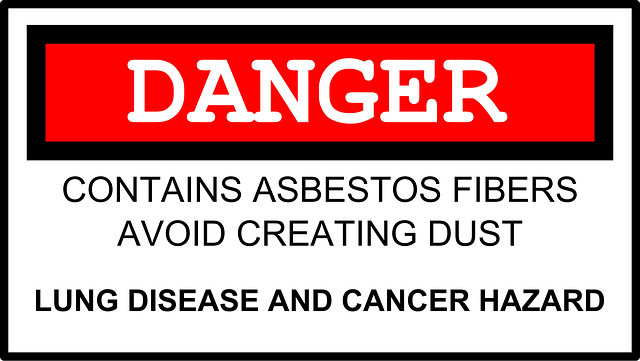Peoria, like many U.S. cities, faces asbestos risks due to historical use in construction and industry. Identifying high-risk zones like older industrial districts and schools built before 1980 is crucial for mitigating health hazards from asbestos-contaminated materials. Prolonged exposure can cause severe respiratory conditions and mesothelioma, with legal avenues available for affected residents seeking compensation and raising awareness about Peoria asbestos dangers.
Peoria, like many cities with a history of industrial growth, harbors hidden dangers in its past—asbestos being one of them. This insidious material, once celebrated for its strength and fire resistance, has left an enduring legacy. This article delves into the historical perspective of asbestos in Peoria, identifies high-risk areas, and explores the health risks and legal implications for residents. Understanding these aspects is crucial for those affected to make informed decisions regarding their well-being and justice.
- Asbestos in Peoria: A Historical Perspective
- Identifying High-Risk Areas in the City
- Health Risks and Legal Implications for Residents
Asbestos in Peoria: A Historical Perspective

Asbestos has been a significant concern in Peoria, just as it has in many cities across the country, due to its historical use in building materials. For decades, asbestos was widely used in construction and insulation because of its fire-resistant properties. Many older buildings in Peoria, especially those constructed before the 1980s, contain asbestos in their walls, roofs, and flooring. This historical presence makes Peoria, like many other urban areas, a place where residents may face potential exposure to this harmful substance.
The use of asbestos peaked in the mid-20th century, but its dangers became increasingly apparent by the 1970s. As awareness grew, regulations were implemented to limit its use and eventually ban it in many products. Today, Peoria, like other cities with older buildings, faces the challenge of identifying and mitigating asbestos hazards during renovation or remodeling projects. Proper handling and removal techniques are crucial to ensure the safety of residents and workers, given that prolonged exposure to asbestos fibers can lead to serious health issues, including mesothelioma and asbestosis.
Identifying High-Risk Areas in the City

Peoria, like many cities across the country, has areas with elevated risks of asbestos exposure due to its historical use in construction and industry. Identifying high-risk zones is a critical step in mitigating potential health hazards for current and future residents. Old industrial sites, particularly those once bustling with manufacturing or construction activities, often contain asbestos-contaminated materials that have not been properly managed or removed.
Focusing on areas like the city’s older industrial districts, schools built before the 1980s, and certain residential neighborhoods adjacent to these zones can provide valuable insights into potential asbestos risks. Asbestos was commonly used in insulation, roofing, flooring, and even some types of fencing materials during the mid-20th century. Therefore, properties with these older construction elements may pose a higher risk of asbestos exposure for Peoria residents.
Health Risks and Legal Implications for Residents

The health risks associated with asbestos exposure are well-documented, especially in the context of long-term effects on residents in areas where asbestos was prevalent. In Peoria, with its historical industrial base, many older buildings and infrastructure may still contain asbestos materials. Prolonged or intense exposure can lead to severe respiratory issues such as asbestosis, a chronic lung disease caused by the inhalation of asbestos fibres. Mesothelioma, a rare but aggressive cancer, is another significant concern for individuals who have been exposed. These conditions often develop over decades, making early detection challenging.
From a legal perspective, residents in Peoria affected by asbestos-related illnesses have grounds to seek compensation. Many cases involve holding construction companies, landlords, or manufacturers accountable for neglecting safety measures and exposing tenants or workers to dangerous materials. Asbestos litigation can be complex, requiring thorough medical records and expert testimony to establish the link between exposure and subsequent health issues. Legal action not only provides financial support but also serves as a means to raise awareness about the dangers of asbestos and push for better regulation and safety practices in the future.
Understanding Peoria’s asbestos history and identifying high-risk areas is crucial for residents’ health and safety. By recognizing potential hazards, especially in older buildings, the community can take proactive measures to mitigate risks. Awareness of asbestos exposure legal implications empowers citizens to protect their rights while navigating the necessary steps for safe removal or remediation. With this knowledge, Peoria can move towards a healthier future, ensuring that its historical legacy doesn’t come at the cost of residents’ well-being.
